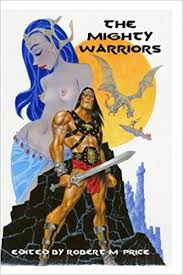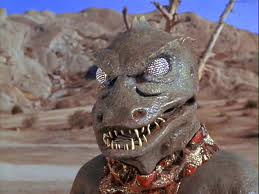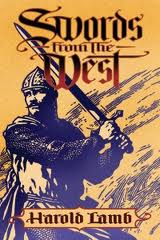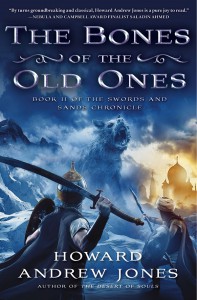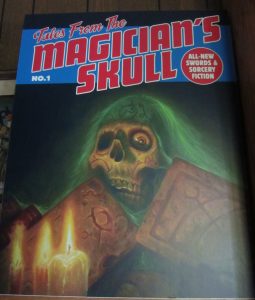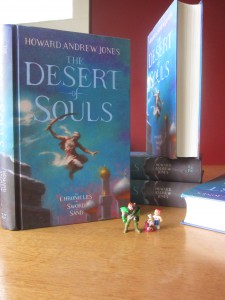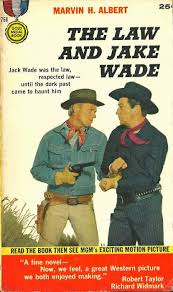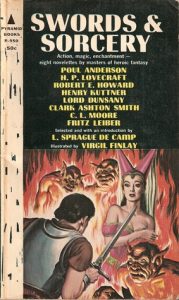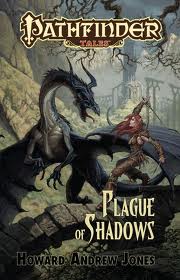 Maybe I should label this novel as “2.5” because I’d started my second Dabir and Asim novel, The Bones of the Old Ones, before I set to work on Plague of Shadows. But I set Bones aside and gave this one my attention all through the summer.
Maybe I should label this novel as “2.5” because I’d started my second Dabir and Asim novel, The Bones of the Old Ones, before I set to work on Plague of Shadows. But I set Bones aside and gave this one my attention all through the summer.
I didn’t write it as I’d written my first novel, in part because as a work-for-hire, I had to present an extremely detailed outline and get it approved before I started working. That meant I had a pretty solid blueprint, even though that blueprint ended up changing a lot as I went. It was a little harder than my first novel, but not so hard as the next one would be, probably because of that outline, one that a talented editor had provided me with feedback for.
Why was it a little more difficult? Well, the characters and their relationships were all brand new to me, so it took a little writing and rewriting to get used to them and how they’d react, something I hadn’t had to do much with The Desert of Souls.
The most obvious lesson in writing Plague was to be flexible. Somehow I managed to roll with the punches on this one far faster than I’d roll with challenges in later books. I was about a third of the way into the draft, about 30 thousand words, when I heard from James Sutter. James, by the way, is a great editor — and a talented writer as well — and this wasn’t at all his typical way of communicating. But the Paizo Pathfinder novel line was new, and they were still working on marketing. He said that they had realized that novels with dragons on the cover sold better and asked if I could work some dragons into the plot. I said sure, I already had one, but he wondered if I could have a big fight with a dragon. So I said sure, why not? And I found a way, and I think it ended up strengthening the book.
 So here’s a cool thing. If you’re a musician, or music scholar, and happen also to be a fan of the original Star Trek, boy, do I have a link for you.
So here’s a cool thing. If you’re a musician, or music scholar, and happen also to be a fan of the original Star Trek, boy, do I have a link for you.